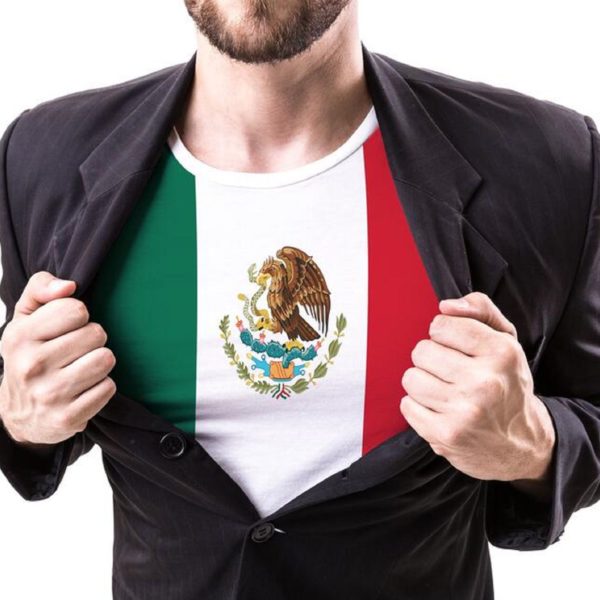6 TIPS FOR ACCURATE TRANSLATION

How to be sure you received a product that passes the translation accuracy check?
Our society is changing.
Digital Age values have tweaked some of the definitions associated with “predictable” terms.
“Accuracy” is a good example. Before, we might have defined “accuracy” as “a thorough process including quality assurance, fact checking and overall correctness.”
The modern day definition of accuracy might come with a contextual caveat, though—“a thorough process including quality assurance, fact checking and overall correctness as time allows.”
In journalism, this digital age change is often referred to as the dilemma between accuracy and immediacy—is it more important to inform the public right away and risk inaccuracy, or take more time to provide an accurate product?
Some of our clients have inquired about accurate translation assurance. “OK, we’ve received our translation and it looks great, but how do we ensure that it is accurate?” they ask.
Here are six ways to ensure that the translations you receive are not only delivered in a quality, timely manner, but also with accurate meaning.
- Know who you hired. You can avoid the retroactivity and second guessing that may come after delivery if you have conducted a language service provider selection process before you even have anything translated.
- Be willing to provide support. There will be fewer issues with terminology if you either provide your translation service with previously translated materials (the quality of which you like) or request that a glossary is prepared and approved before translation begins. Appoint someone in your organization who will be available to consult with the translators, explain a term or the ins- and outs- of a process.
- Resist the in-house urge. If you’ve read the TLC blog before, you know that we are wary of in-house or distributor produced translations. As an alternative, maybe seek out a third party reviewer whose only task is accuracy assurance. Also, if you are worried that the translation is not culturally- or contextually-accurate, you might want to inquire with us about adding an in-country reviewer to the translation process. We can integrate that with an accuracy assurance process.
- If you must employ in-house reviews, please use guidelines. If you just read number three and realized that you’re already using an in-house or distributor accuracy check, that’s fine. In order to ensure that said process is actually productive, however, we suggest you use our guidelines for your accuracy reviewers.
- When testing for translation accuracy, prioritize glaring issues. Perhaps the most foreboding risk associated with an accuracy check is the temptation to make preferential changes along the way. If you just paid for a translation and your in-house reviewer makes preferential changes to said work, you are basically paying two groups for work that one group can complete. Ideally, the accuracy check enables you to find glaring issues (incorrect verbs, unconjugated verbs, missing phrases and the like). Taking this approach to accuracy assurance will also help you keep your provider accountable; besides, if your translations contain errors like unconjugated verbs, chances are your provider is subpar.
- Value accuracy. If you’re reading this, chances are you already think accuracy is important. When we suggest that you “value” accuracy, we are really saying, “do not buy into the idea that you have to sacrifice accuracy for immediacy.” The two are not mutually exclusive; actually, they can be partners, depending on the definition of immediacy. If by “immediacy,” one means “a matter of hours,” there is a chance that accuracy could suffer. If “immediacy” means “a couple days,” accuracy will likely thrive, especially when prioritized. Work with your translation provider on scheduling.






